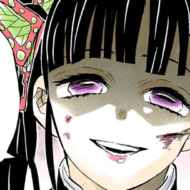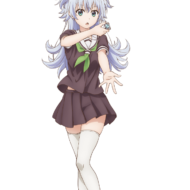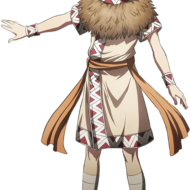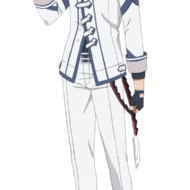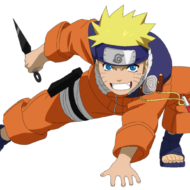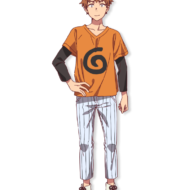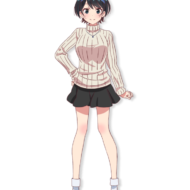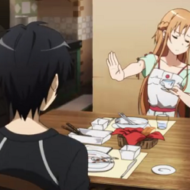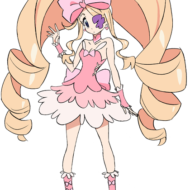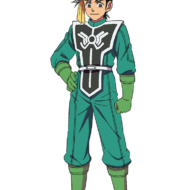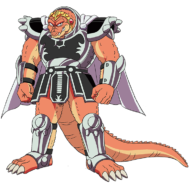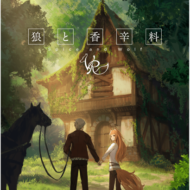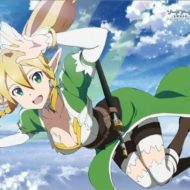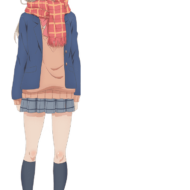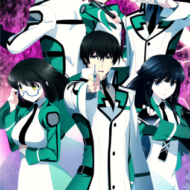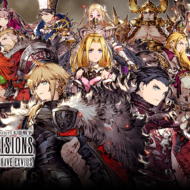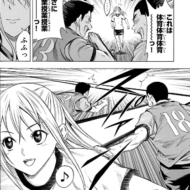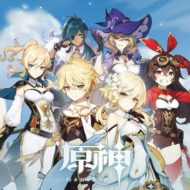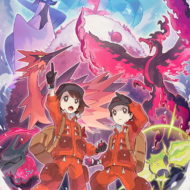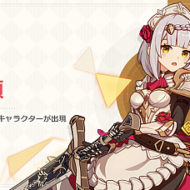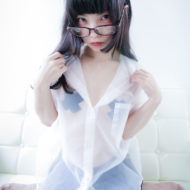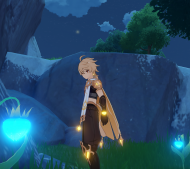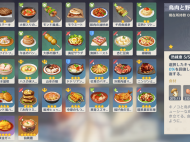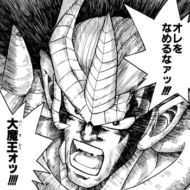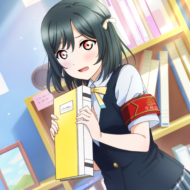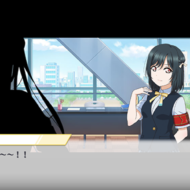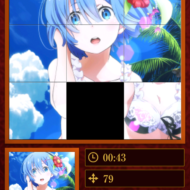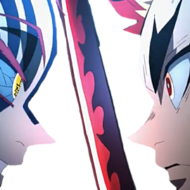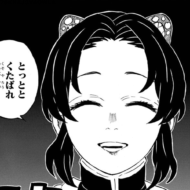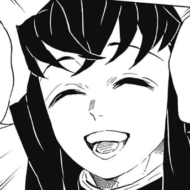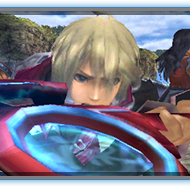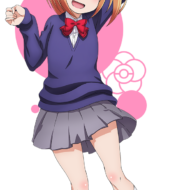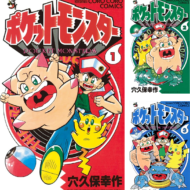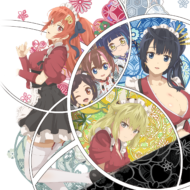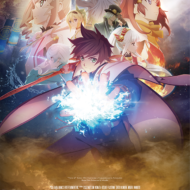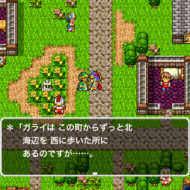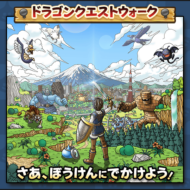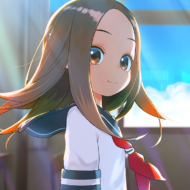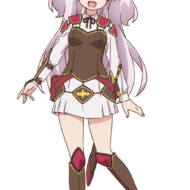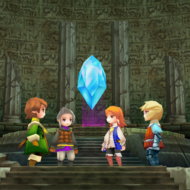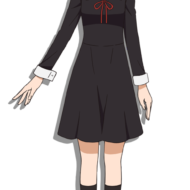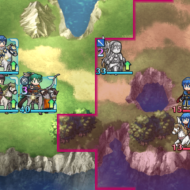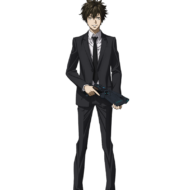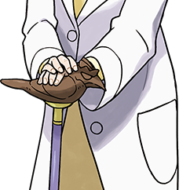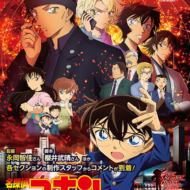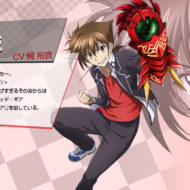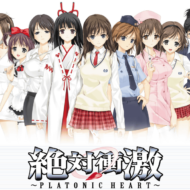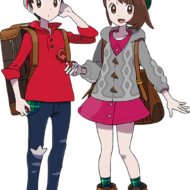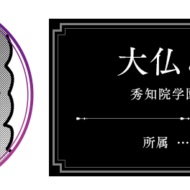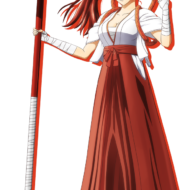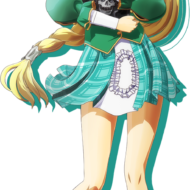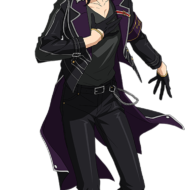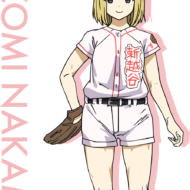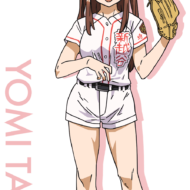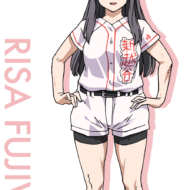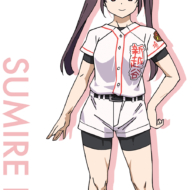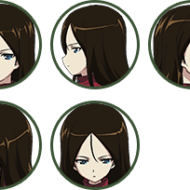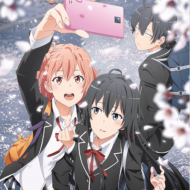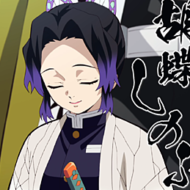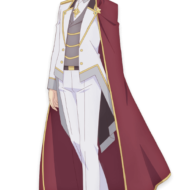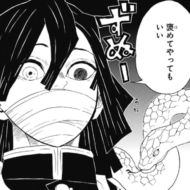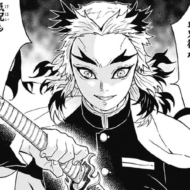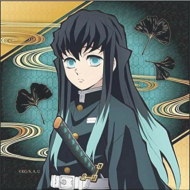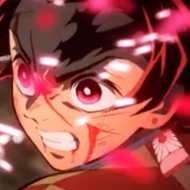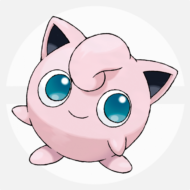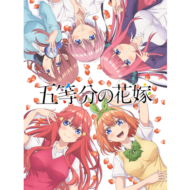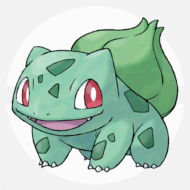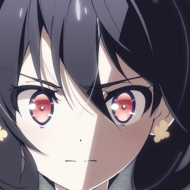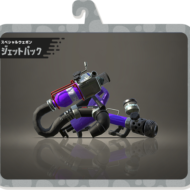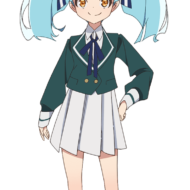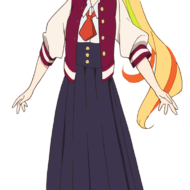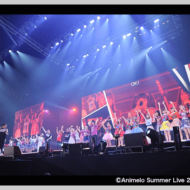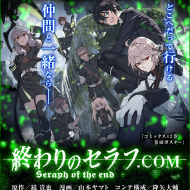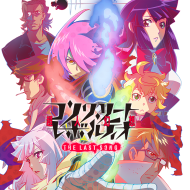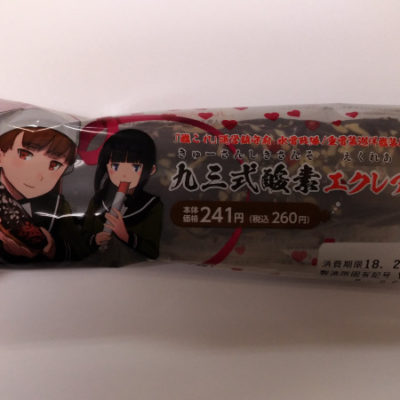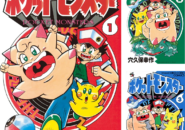All-around appeal that draws in both male and female fans
少年ジャンププラスにて怪獣8号の第6話が配信されました!ピンチのカフカが相棒と共に最後の手段に出る中、天才少女キコルがその本領を見せつける!よろしくお願いします!#怪獣8号#ジャンププラスhttps://t.co/nqNZbRph4T pic.twitter.com/CtImiEG3zV
— 松本 直也 怪獣8号連載中 (@ringo_inuS) 2020年8月7日
One of the main features of Kaiju No. 8 is that it has both male and female appeal.
One of the main features of Kaiju No. 8 is that it has both male and female appeal. The biggest selling point for male appeal is the high quality of the drawings and the monster action.
Since the “Godzilla” series, the monster genre has always been a genre that has captured the hearts of men.
Kafka’s character, a 32-year-old man who once gave up on his dream, is sure to be sympathetic to many working men.
As for the female audience, there are two factors that can be mentioned.
The first is the use of multiple female characters with high fighting power.
Not only in manga and anime, but also in dramas and movies, works that depict “strong women” and “dignified women” are naturally more likely to gain support from women.
Another thing is the relationship between Kafka and Reno.
Reno is handsome, cocky but actually a good boy, compassionate, and devoted, all of which are elements that are popular with women. (This point also shows the high quality of the first episode.
(This is another reason why the quality of the first episode is so high.) The way Reno treats Kafka, who saved him, as his partner is the ideal image of a “buddy story.
The way Leno treats Kafka as his partner and loves him for saving him is the ideal image of a “buddy story” and is sure to make many girls swoon.
Because it contains many elements that appeal to both men and women, Kaiju No. 8 became a huge hit without even waiting for the first volume to be released.
A work that is not too assertive,” typical of Jangpura
ジャンププラスにて怪獣8号の第15話が配信されました!危険なアイツと遭遇した市川と伊春。市川の変化が加速する…!よろしくお願いします!#怪獣8号#ジャンププラスhttps://t.co/6FH2mFleFE pic.twitter.com/QKrZWJWhOe
— 松本 直也 怪獣8号連載中 (@ringo_inuS) 2020年10月30日
The works published in JUMPLA tend to be somewhat different from those in Weekly Shonen Jump.
This seems to be mainly due to the difference in readership rather than the intentions of the editorial department.
Jump is a magazine with a relatively strong theme, and for better or worse, the characteristics of the author tend to come out clearly.
Also, after the success of “Death Note”, it is no longer absolutely necessary for a manga to be aimed at boys, but even so, the majority of works are aimed at teenagers.
On the other hand, while there are works like “Fire Punch” that are a mass of individuality, most of Jangura’s manga are not so overbearing and are easy to read and get into.
I think this is because they are conscious of the Internet medium and aim to create works that can be read quickly, but also have a strong entertainment value.
SPY×FAMILY is particularly noteworthy, as it is a rather easygoing work without any “extremely memorable scenes,” “overly dense characters,” or “overly heavy themes.
The same goes for Monster No. 8. If you take out the setting alone, it may seem like a very heavy work, but when you actually read it, the manga is rather light.
The fact that it is not too assertive is a major reason why it has been accepted by modern manga lovers.
Summary
The first volume, released in December 2020, was lined up in bookstores on the same day as the final volume of Onimei, but even so, it was quite noticeable that each store had a special corner for it.
This may be the first time that so much effort has been put into the first volume.
It seems that it’s already selling well, but I’m hoping that it’s going to become an even greater work in the future!



